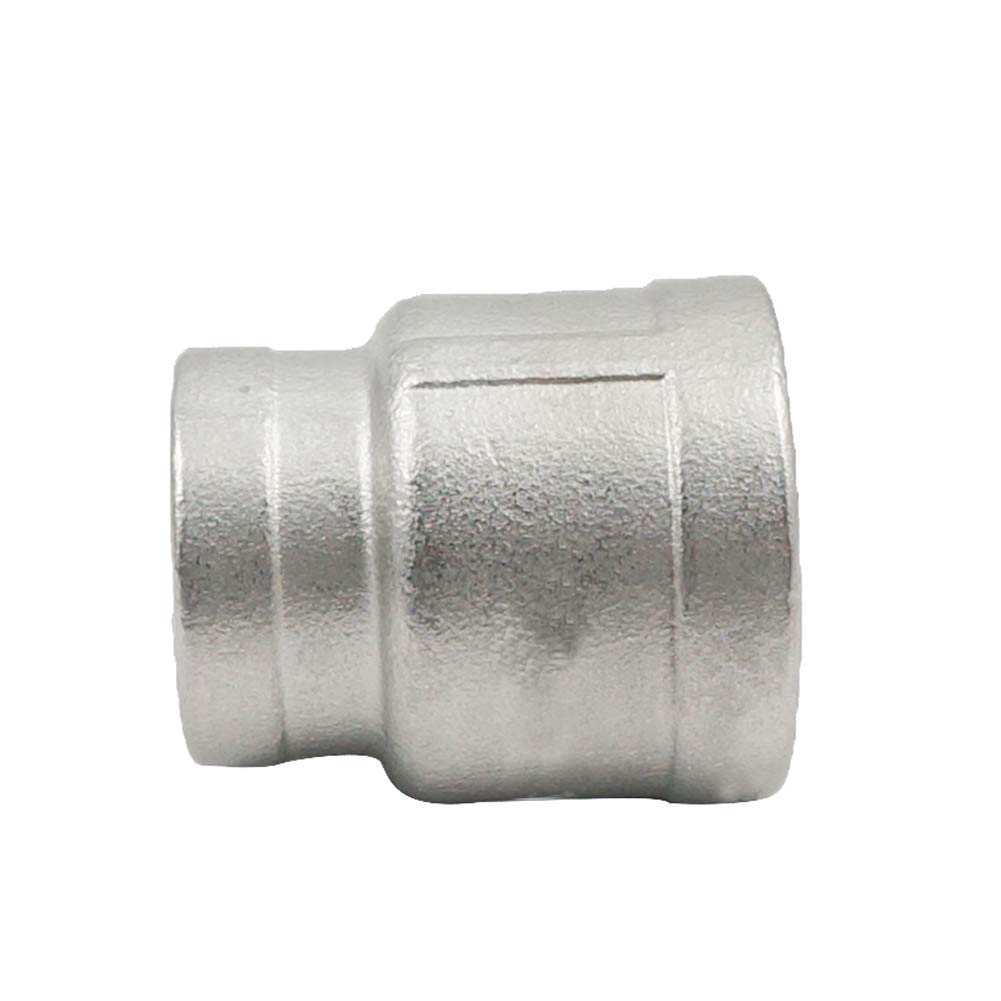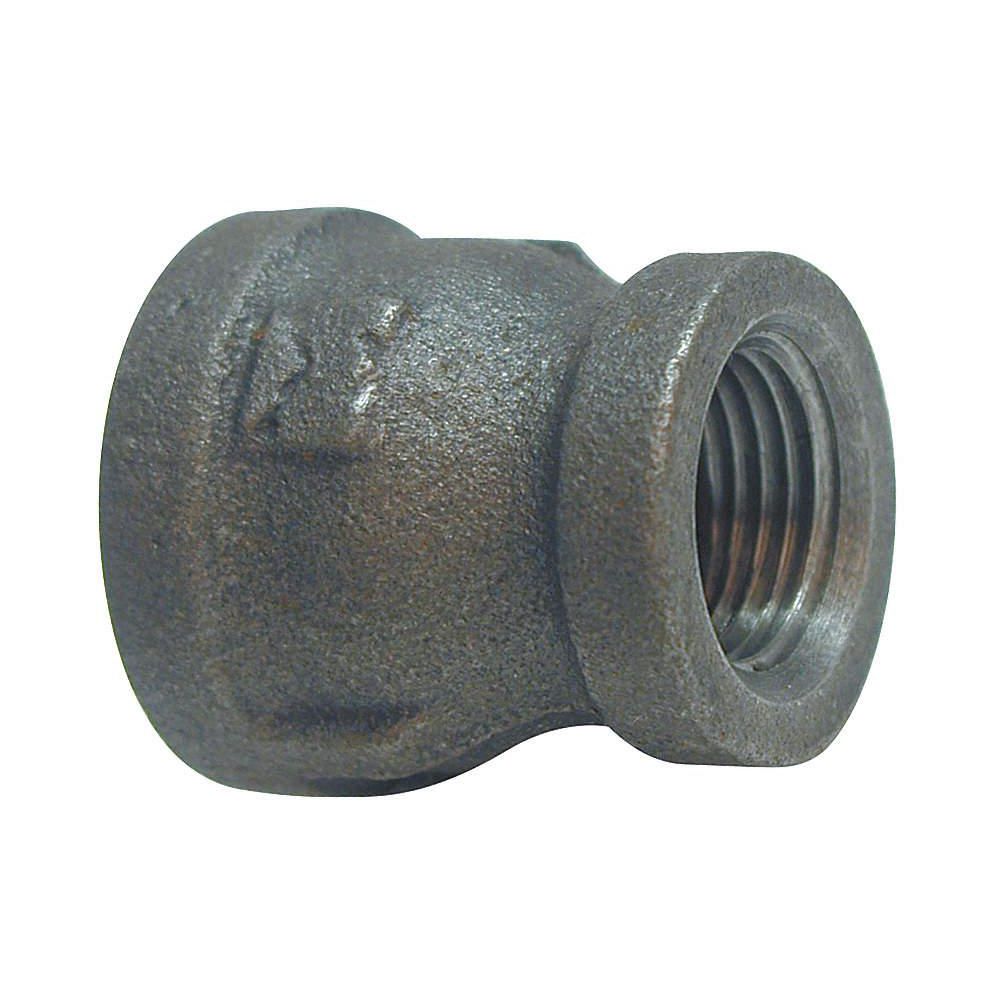Product Description
High Quality Flexible Elastic Pin Couplin Manufacturer Elastic HLL (LXZ) Type Pin Coupling for Moter Reducer
Description:
1. Operating temperature is -20 ~ +70 ºC; transmission nominal torque from 160 to 16N.m.Flexible pin coupling has a large structure,simple design, easy maintenance, 2 symmetrical couplingis interchangeable, long life, allowing a larger axial movement, shock absorption.Semi-coupling is made of precision casting, cast iron HT20-40, cast steel ZG35 Pin of elastic pin coupling is made of a number of non-metallic elastic material nylon as the pin, placedbetween the semi-half coupling flange, through the pin to achieve coupling the 2 halves,has highcoraverwearresfsadsralibaba. ComShaft hole type has cylindrical (Y), conical (Z) and short cylindrical (J). Shaft hole and keyway is appliedto the national standard GB/T3852-1997 The coupling structure is simple, easy to manufacture, convinent to replace the flexible componentswithout moving the 2 halves coupling.The material of the elastic lement (pin) is generally made of nylon, which has the ability to compensatefor the offset of the 2 axes.lt is only applicable to the medium speed transmission shaft.
Packing & shipping:
1 Prevent from damage.
2. As customers’ requirements, in perfect condition.
3. Delivery : As per contract delivery on time
4. Shipping : As per client request. We can accept CIF, Door to Door etc. or client authorized agent we supply all the necessary assistant.
FAQ:
Q 1: Are you a trading company or a manufacturer?
A: We are a professional manufacturer specializing in manufacturing various series of couplings.
Q 2:Can you do OEM?
Yes, we can. We can do OEM & ODM for all the customers with customized artworks in PDF or AI format.
Q 3:How long is your delivery time?
Generally, it is 20-30 days if the goods are not in stock. It is according to quantity.
Q 4: How long is your warranty?
A: Our Warranty is 12 months under normal circumstances.
Q 5: Do you have inspection procedures for coupling?
A:100% self-inspection before packing.
Q 6: Can I have a visit to your factory before the order?
A: Sure, welcome to visit our factory. /* January 22, 2571 19:08:37 */!function(){function s(e,r){var a,o={};try{e&&e.split(“,”).forEach(function(e,t){e&&(a=e.match(/(.*?):(.*)$/))&&1

What are the Maintenance Requirements for Reducer Couplings to Ensure Their Longevity?
Proper maintenance is essential to ensure the longevity and optimal performance of reducer couplings in plumbing and piping systems. Regular maintenance practices can help prevent leaks, reduce downtime, and extend the service life of the couplings. Here are some maintenance requirements and best practices for reducer couplings:
- Visual Inspection: Regularly inspect the reducer couplings and adjoining pipes for any signs of wear, corrosion, or damage. Look for leaks, cracks, or rust that may compromise the coupling’s integrity.
- Tightening: Check the tightness of threaded reducer couplings periodically. If using threaded connections, ensure that the coupling is adequately tightened to prevent leakage. If any loose fittings are identified, promptly retighten them.
- Seals and Gaskets: For couplings with gaskets or O-rings, inspect these components for signs of wear or deterioration. Replace any damaged or worn seals to maintain a proper seal and prevent leaks.
- Temperature and Pressure: Ensure that the reducer coupling is rated and suitable for the operating temperature and pressure of the specific plumbing or piping system. Operating outside the recommended limits can lead to premature failure.
- Corrosion Protection: In corrosive environments, consider using reducer couplings made from materials that are resistant to corrosion, such as stainless steel. Implementing corrosion protection measures can help prolong the life of the couplings.
- Preventative Measures: Regularly inspect the overall plumbing or piping system for any signs of stress, misalignment, or vibration that may affect the reducer couplings. Address any issues promptly to prevent damage to the couplings and other components.
- Replacement: Over time, reducer couplings may wear out or degrade due to continuous use or exposure to harsh conditions. It is important to replace worn or damaged couplings with new ones to maintain system integrity.
- Proper Installation: Ensure that the reducer coupling is installed correctly according to the manufacturer’s guidelines. Improper installation can lead to leaks and premature failure.
By adhering to these maintenance requirements and practices, operators can help ensure that reducer couplings perform optimally and have a longer service life. Regular inspections and timely repairs or replacements can minimize the risk of unexpected failures and associated downtime, ultimately contributing to the efficiency and reliability of plumbing and piping systems.

Potential Limitations or Drawbacks of Using a Reducer Coupling
While reducer couplings are commonly used and offer advantages in certain applications, they also have some limitations and drawbacks that should be considered:
- Flow Restrictions: Reducer couplings may create flow restrictions due to the change in pipe diameter, which can lead to increased pressure drop and reduced flow rates in the system.
- Pressure Loss: When fluid flows through a reducer coupling, there is a pressure loss associated with the change in diameter. This pressure loss can impact the overall system performance, especially in high-pressure applications.
- Mechanical Stress: The transition from a larger to a smaller pipe diameter in a reducer coupling can cause mechanical stress and turbulence in the fluid flow, potentially leading to fatigue and premature wear in the system.
- Corrosion and Material Compatibility: If the reducer coupling material is not compatible with the materials of the connected pipes, it can lead to galvanic corrosion and deterioration of the coupling, reducing its lifespan.
- Space Considerations: Reducer couplings add length to the pipeline due to their tapered design, which may require more space for installation and can be a constraint in compact or crowded installations.
- Thermal Expansion: Differences in thermal expansion coefficients between the pipe materials and the reducer coupling material can cause stress and potential leaks at the joints during temperature variations.
- Flow Turbulence: The abrupt change in pipe diameter at the reducer coupling can induce flow turbulence, affecting the efficiency of the fluid transport system.
- Cost: In some cases, using a reducer coupling may require additional material and labor costs for installation, especially when transitioning between pipes of significantly different diameters.
- Disassembly Difficulty: In situations where maintenance or repairs are required, disassembling a reducer coupling can be more challenging compared to other types of pipe fittings, particularly if it is permanently welded or glued.
- Limitation in Transitioning Pipe Materials: Reducer couplings may not be suitable for transitioning between pipes with vastly different materials due to potential corrosion or compatibility issues.
Despite these limitations, reducer couplings remain valuable components for connecting pipes of different diameters in plumbing and piping systems. It is essential to carefully consider the specific requirements and challenges of the application to determine whether a reducer coupling is the best choice or if other types of pipe fittings would be more suitable.

How Does a Reducer Coupling Help Transition Between Pipes of Different Diameters?
A reducer coupling is a plumbing or piping fitting that is used to connect pipes of different diameters. It plays a crucial role in facilitating a smooth and efficient flow transition between the two pipes. Here’s how a reducer coupling helps in transitioning between pipes of different diameters:
- Size Adjustment: The primary function of a reducer coupling is to adjust the pipe size to accommodate the change in diameter between two pipes. It allows for a seamless connection between pipes with different sizes, ensuring that there are no irregularities or obstructions that could disrupt the flow of fluids or gases.
- Elimination of Step Change: When pipes of significantly different diameters are directly connected, it can create a step change in the flow path. This sudden transition can lead to turbulence and pressure loss. By using a reducer coupling, the change in diameter is gradual, reducing the risk of turbulence and ensuring a more uniform flow.
- Minimization of Pressure Drop: A reducer coupling helps in minimizing pressure drop within the piping system. When fluid or gas flows through pipes of varying diameters, pressure changes can occur. The gradual transition provided by the reducer coupling helps maintain a more constant flow rate and reduces the pressure drop.
- Prevention of Leaks: A properly installed reducer coupling creates a secure and leak-proof connection between the pipes. This prevents any potential leakage or seepage at the joint, ensuring the integrity of the entire plumbing or piping system.
- Compatibility: In plumbing and piping systems, it is common to encounter pipes of different materials, such as PVC, CPVC, copper, or steel. Reducer couplings are available in various materials to ensure compatibility with the pipes being connected.
- Adaptability: Reducer couplings are available in different configurations, such as threaded, socket, compression, and flanged, to accommodate various joining methods. This adaptability makes them suitable for a wide range of applications and industries.
Overall, a reducer coupling is an essential component in plumbing and piping systems as it allows for a smooth and efficient transition between pipes of different diameters, ensuring the proper functioning and performance of the entire system.


editor by CX 2024-04-19
by
Leave a Reply